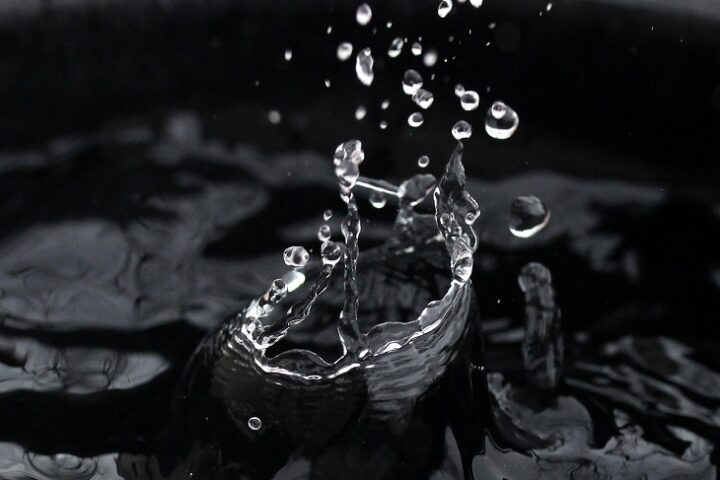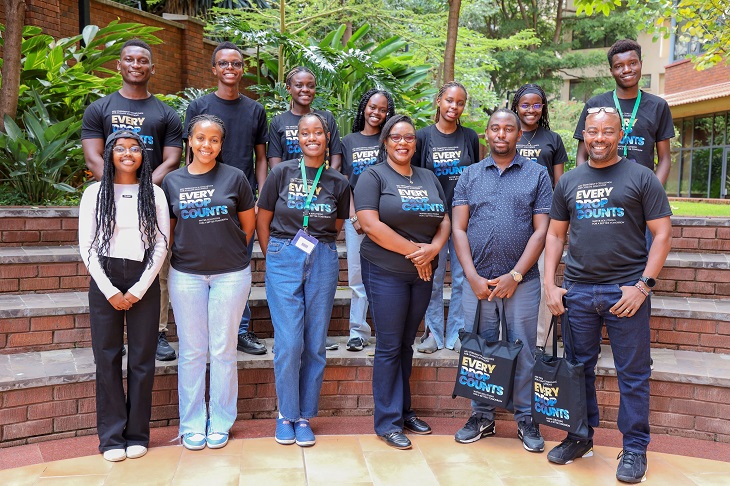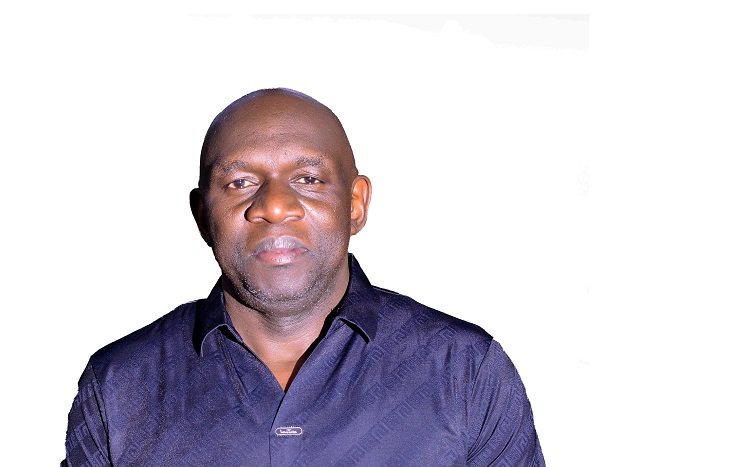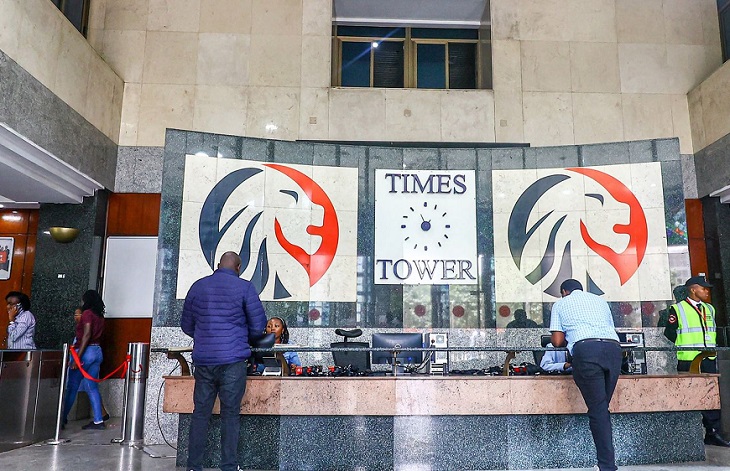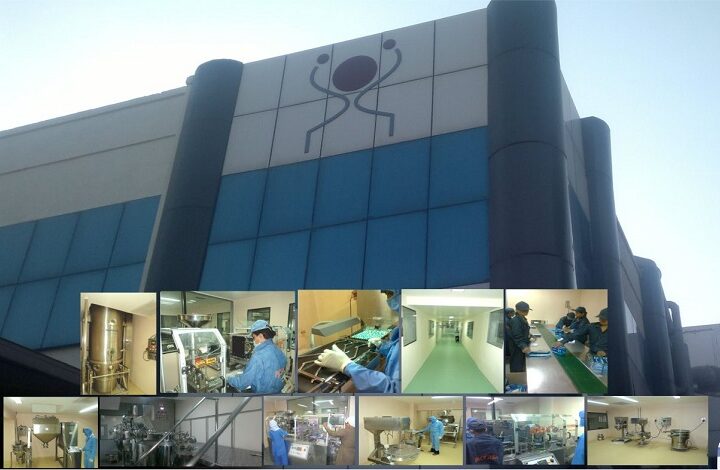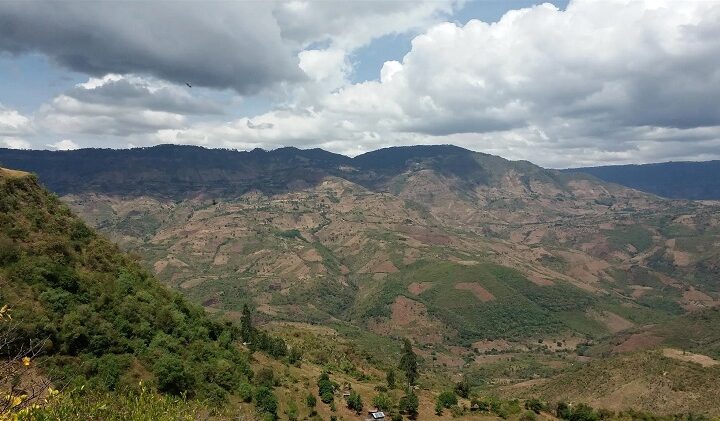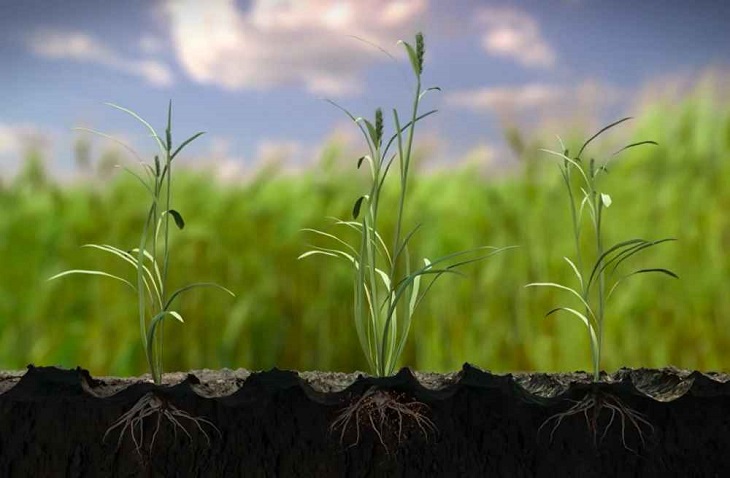As the election season enters the home straight, political parties have launched their commitments to prospective voters through various manifestos.
Regardless of which political philosophy one follows, this year’s major election themes have all taken aim at improving the quality of life for all and these changes have been largely welcomed, especially considering how challenging the current economic climate is.
An area that requires extensive real and prolonged attention is the water, sanitation, and hygiene (WASH) sector.
The quality of a country’s water and sanitation infrastructure plays a key role in developing other sectors, namely education, healthcare, manufacturing, energy, and agriculture. Proper investment and planning for the WASH infrastructure will have a palpable positive effect that will be felt for generations.
If we were to look at the relationship between WASH and the health, education, and agriculture sectors, we can see why massive change is needed to improve life for all.
The key reasons for this include insufficient access to safe drinking water is a large contributor to diseases such as typhoid and cholera, currently the biggest drivers of hospital visits. Treating the water and safely disposing of wastewater would mean fewer monies spent by all citizens on illness, and less time is taken off work, which has an immediate positive effect on the economy.
Lower incidences of waterborne diseases would free up public funds that can then be channeled towards treating other diseases.
Improving the WASH infrastructure would also boost the education sector – ensuring children have safe facilities which would ultimately improve both class attendance and pass rates. Again, an immediate measurable effect on productivity.
In agriculture, investments in water infrastructure will reduce the number of livestock lost, with every drought. Similarly, farmers lose crops every time heavy rainfall results in flooding. Data from the National Drought Management Authority (NDMA) indicates that by the end of the first quarter of 2022 Kenya had lost 1.04 million animals to the drought. Two years earlier floods damaged rice worth Ksh800 million to the Ahero and West Kano irrigation schemes after River Nyando broke its banks.
Although the government has worked hard to improve our road and rail networks, it is imperative that we shift the focus to improving water and sanitation. There is significant room for improvement as less than 50% of the counties (21 out of 47) have some form of sewerage system according to the Water Services Regulatory Board Kenya’s Water Services Sector 2019/20 report.
The next government should not only make an investment in water and sanitation a priority but create specific and measurable plans, to exact real change.
By Simon Thomas, an international consultant and board member of Megapipes Solutions Limited



